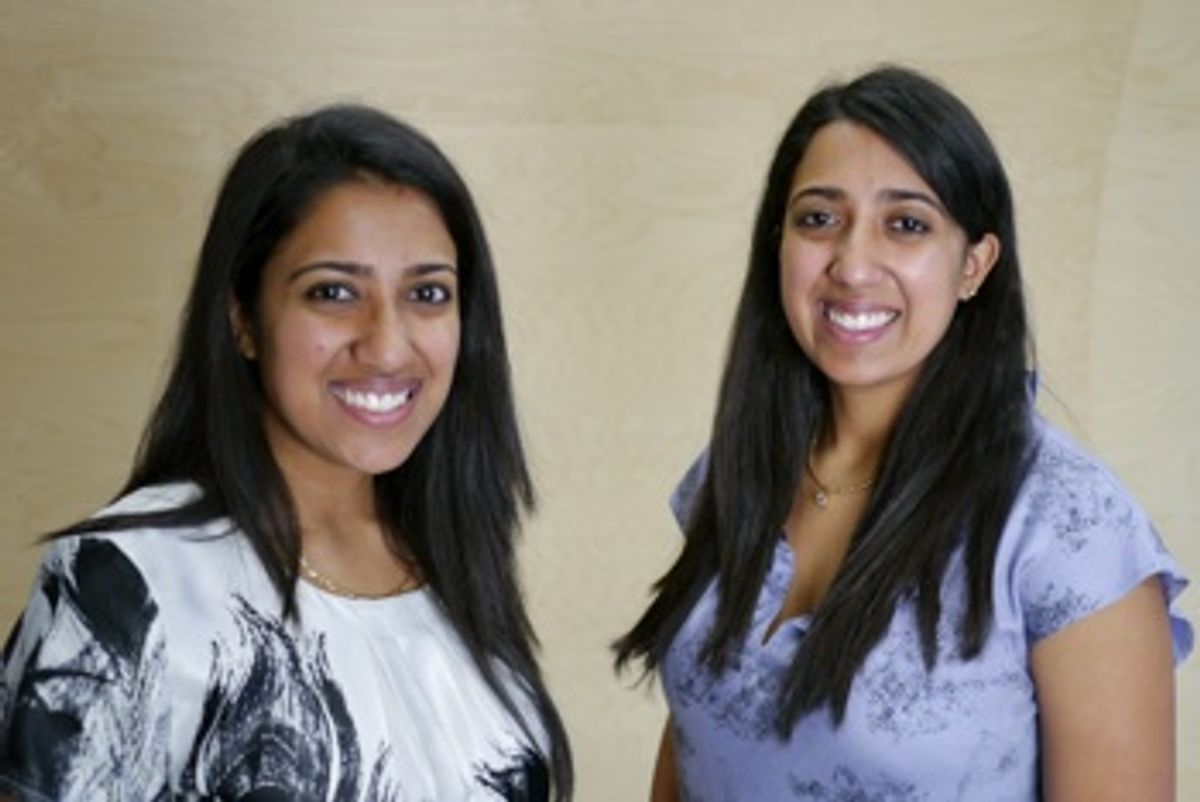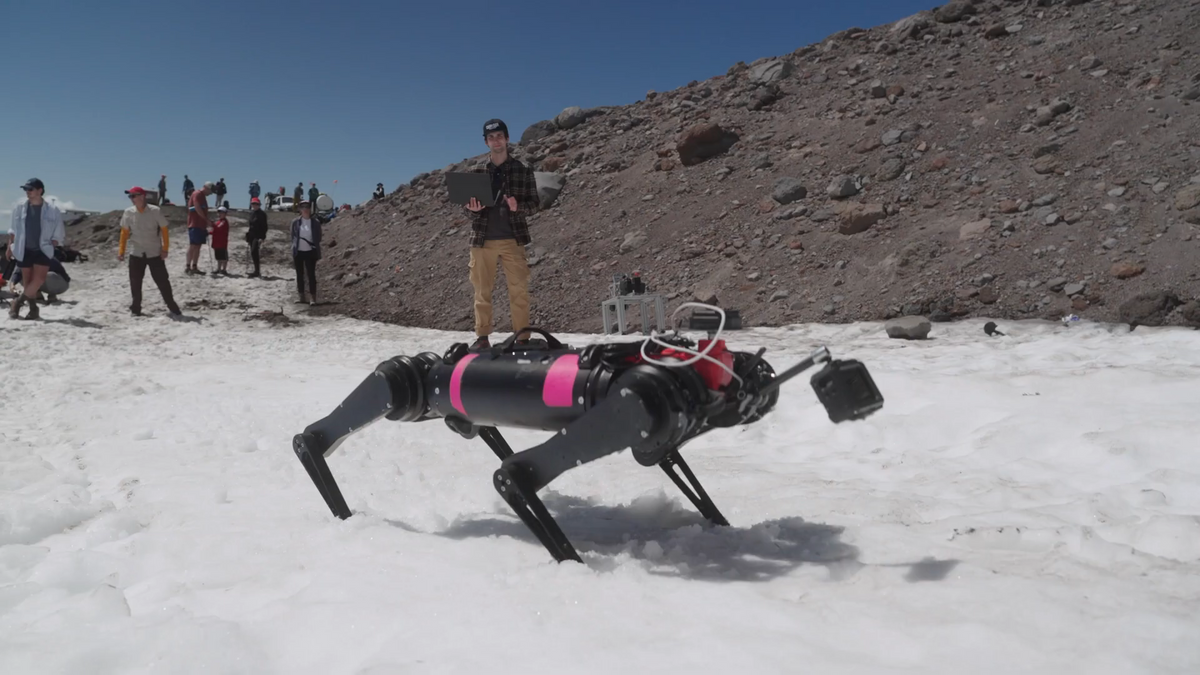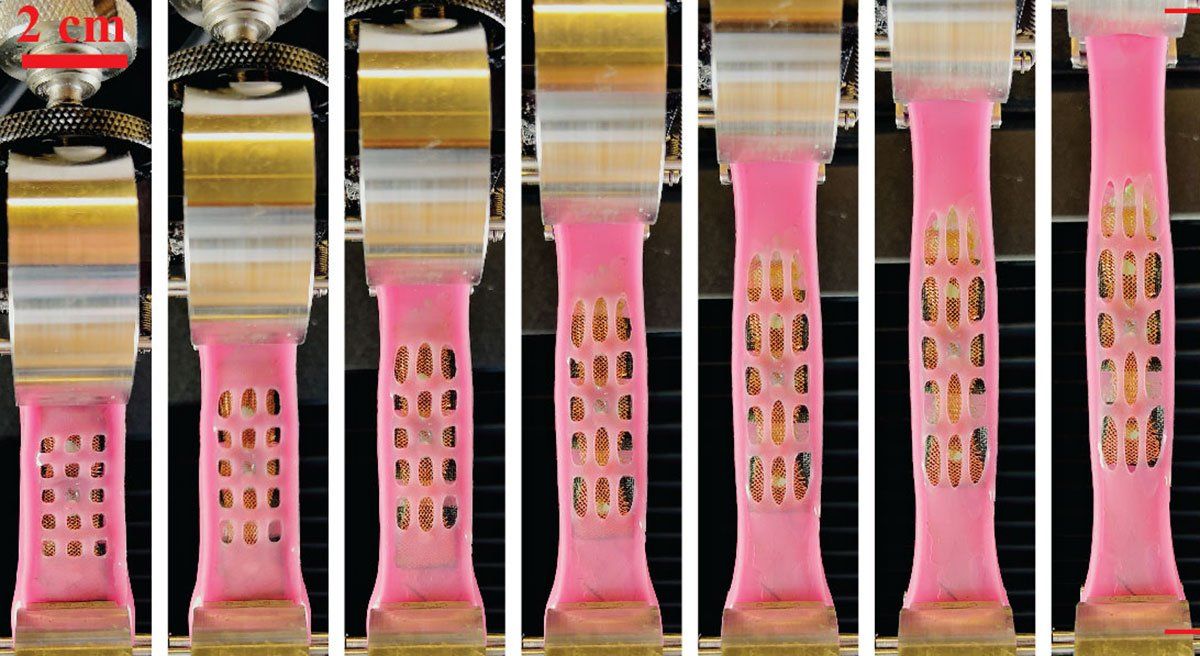Last night, founders of nine nascent companies stood up in front of their peers, a handful of journalists, and dozens of venture capitalists and other potential investors in what is a tri-annual coming out party for the entrepreneurs of StartX. I’ve been meaning to check in on this startup incubator for a while, and I’ll definitely be watching it in the future, because while not all of the nine startups in this season’s class are going to rock the tech world, a few just might.
A little bit about StartX. This nonprofit company, itself started by Stanford graduates, selects startups founded by Stanford students, graduates, and faculty and provides free office space, legal services, mentoring, and even stipends for about three months. Running year round since the summer of 2010, last night’s presenters represented the company’s fifth “class.” The program gets hundreds of applications, and, of the 32 companies in its first four classes, 27 have attracted funding to date, not a bad track record.
At last night's “graduation” of the Fall 2011 StartX class, two technology-based efforts stood out.
The buzzworthiest was also the most secretive: Bell Biosystems, a company founded by Caleb B. Bell III, who received his PhD in biophysical chemistry from Stanford last year. The company set out to figure out a way to create a remotely detectable tag for animal cells used in cell therapy research and have that tag replicate when the cells divide. A board member told me that most people thought it would be simply impossible to create such a tag that could replicate, but Bell Biosystems figured it out in months, much faster than even the company founder expected. Bell Biosystems’ cell lines incorporate magnetic components within each cell that replicate with the cell. When these cells are injected into research animals—or, eventually, patients—they can be easily tracked from outside the body and potentially steered or, if the cell therapy goes awry, destroyed without harming other cells. I can’t show you the video; Bell asked that cameras be turned off during his presentation and any information beyond the printed information distributed to the press be embargoed. (He actually said little more than was in the press materials, though he did say what he’s calling these magnetized cells. I didn’t agree to honor the embargo, but I’ll respect his request and won’t give away the secret name here. However, if you guess it in the comments below I will tell you if you’re right.)
Also presenting were Mindsumo, a combination of crowdsourcing problem solver and recruitment tool; Agetak, a secure data aggregator for the medical industry; Zoku, a tool for sorting social data to make networking more efficient; Breakthrough, a company with tools for remote counseling and psychiatry via video; Tiptop Med, a way for consumers to search for medical providers based on pricing of services; Smit’s Crew, an application to connect bars to customers; and Medigram, secure group messaging for hospitals. I won’t go into detail here; I’ve linked each (except Medigram, which also asked for media silence) to a video of its presentation. But watching these young entrepreneurs take the stage one after another did paint a picture of a few trends:
• The healthcare industry is ripe for innovation. Yes, this may be stating the obvious, but it’s a reminder that healthcare is where many of today’s problems are, so it’s where entrepreneurs are going. We are going to see a lot of attempts at new technology that attempt to make healthcare better, cheaper, and more efficient—and some of these may actually work. That’s pretty exciting.
• Social networking, for the most active users, is at a tipping point—or I could say breaking point. Besides Zoku on the stage, a company called Qwhisper from a previous StartX class demonstrated its technology on the side of the room; both companies have recognized that we’ve got so much information coming in from Facebook and Twitter that we’re having a really hard time extracting what we want or need to know from the constant stream, and we need tools to help. I’m not sure Zoku and Qwhisper are the perfect tools, but they are recognizing a new problem and are trying to solve it.
• Not everyone is looking to change the world. Incremental and sometimes silly innovations are worth at least a month or two of effort, because you never know, it could catch on. Smit's Crew admitted it put just about that much time into developing its technology. How to describe it? Well, in the viral video “$&*% Silicon Valley Says” these kinds of incremental concepts are described by analogy, for example, “It’s like AirBnb for Facebook games” and “It’s like Pandora for cats.” So, in that spirit, I’ll describe Smit’s Crew as “It’s like Groupon plus FourSquare plus Meetup for bars in Palo Alto.” (Of course, to quote the "Valley Says" video again, "Who has a party in Palo Alto?" Perhaps not Stanford students, they're too busy starting companies.)
Tekla S. Perry is a senior editor at IEEE Spectrum. Based in Palo Alto, Calif., she's been covering the people, companies, and technology that make Silicon Valley a special place for more than 40 years. An IEEE member, she holds a bachelor's degree in journalism from Michigan State University.



